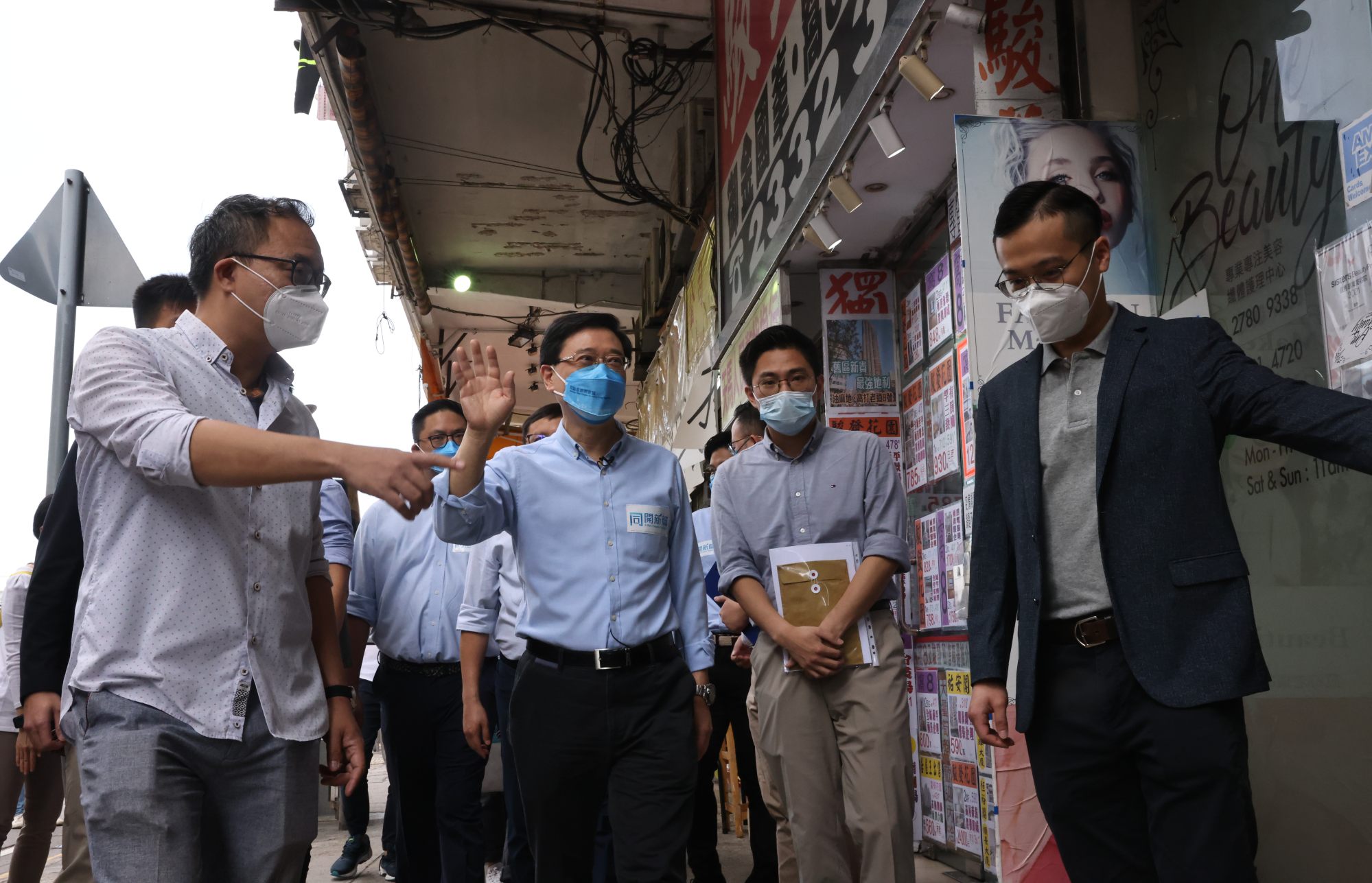
John Lee must tailor policies to Hongkongers’ need for affordable housing
- With solving Hong Kong’s housing crisis now a priority, the government cannot shy away from bold changes to free up land and speed up development
- Policies that encourage developers to revamp old districts and build on idle land would quickly boost supply
Chief Executive John Lee Ka-chiu and his new administration are determined to kick-start the city’s economic recovery after several years of significant constraints. Certainly, they face major and long-standing challenges. Among these, housing is top of the government’s to-do list.

While such remedies are a move in the right direction, additional innovative approaches are required to make real progress in meeting Hong Kong’s housing and urban regeneration needs.
Currently, no standard rates exist for land pricing before and after a new development is built, leading to inaccurate and unreasonable land premiums. Nor does the current pricing method take into account how a piece of land is currently being used.
It assumes a site is clear, and excludes the value (or cost) of any buildings or structures already there. This deters property developers from initiating projects in certain areas. Seeking ways to standardise land premium calculations could quickly free up more supply for housing.
A similar approach can be taken to unlock more housing stock for low-income residents. Private property developers should be allowed and encouraged to build flats via the Home Ownership Scheme through land premium discounts. A revival of the Private Sector Participation Scheme, through which private developers can build public properties as long as they follow the government’s specifications, may yet further accelerate public housing development.
Tenants in public rental housing should be given a fair shot at buying public housing that is available for sale, through rent-to-buy and shared equity systems that have already been implemented elsewhere.
Additionally, creating a “multifamily” private housing category would give middle-class families access to properties with more reasonable rent levels. Acclaimed as a stable asset class in multiple developed markets globally, the multifamily category is characterised by the single and unified ownership of entire apartment complexes, including professional management services.
Future land sales could also be tailored to these multifamily projects, with appropriate conditions for exchange and land premiums below the rates of the residential for-sale market. Sustainable and efficient modular integrated construction methods should be encouraged, in which building components are made in a factory off-site and then transported to the site for assembly – something Hong Kong is already capable of delivering.
At the same time, the pace of urban redevelopment in Hong Kong must be increased. While the lack of ready-made land is one of the most often-cited reasons for the housing issue, land-use allocation is a key contributor as well.
For instance, the area of land allocated for building residential properties accounts for only 7 per cent of the total available land in Hong Kong, and has remained nearly unchanged since the early 2000s despite the rapid population growth. Embarking on a holistic review of town planning, land administration and building policies could add some momentum to the city’s urban regeneration.
Reforms could focus on allowing greater flexibility to increase housing density under more sustainable, achievable guidelines, relaxing building height control in urban areas, and exploring how to make better use of public transport options to enhance urban experience. Examples include using electric vehicles, better traffic optimisation and a reduction of pollution and noise, to improve quality of life for urban residents, while increasing walkability to foster a healthier lifestyle.

The process of converting land for housing could also be made more efficient by reducing the lead time for applications and other administrative processes. These currently involve many government departments, which all seem to operate according to their own set of criteria.
Finally, more initiatives could be introduced for involving the private sector and local communities in both the preservation and revitalisation of older districts. Applying the governance structure of a “business improvement district” to areas such as Sai Ying Pun and Sham Shui Po could facilitate ground-up, value-adding participation from stakeholders in a manner sensitive to the needs of residents and respectful of the unique characteristics that define Hong Kong life.
Now that the new administration has made housing a prominent priority, it has much to do to change the perception that this issue will simply never improve. Drastic and bold intervention is needed. Yet, encouragingly, many best practices can be tailored and are available to fulfil the needs of Hong Kong residents.
Phil Kim is chair of Urban Land Institute Hong Kong


